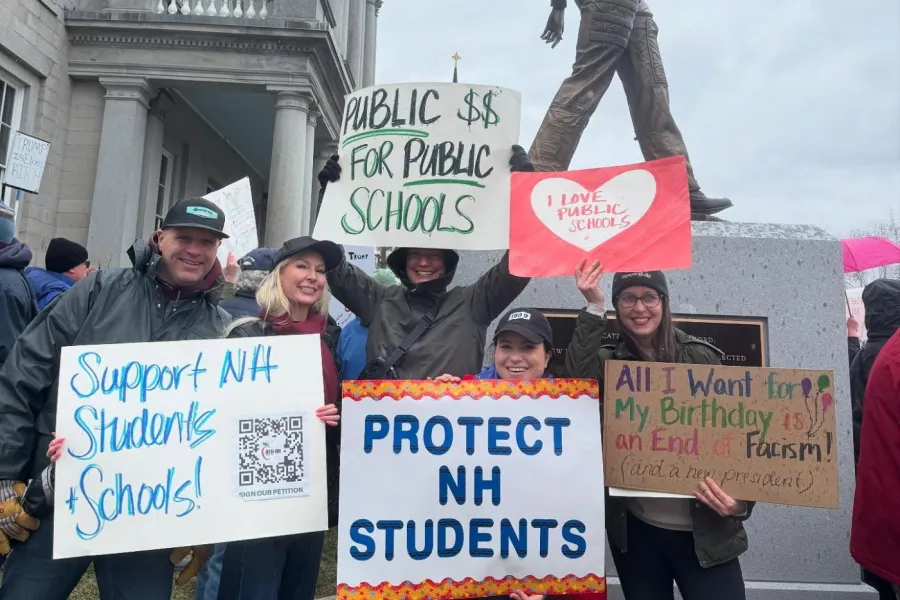
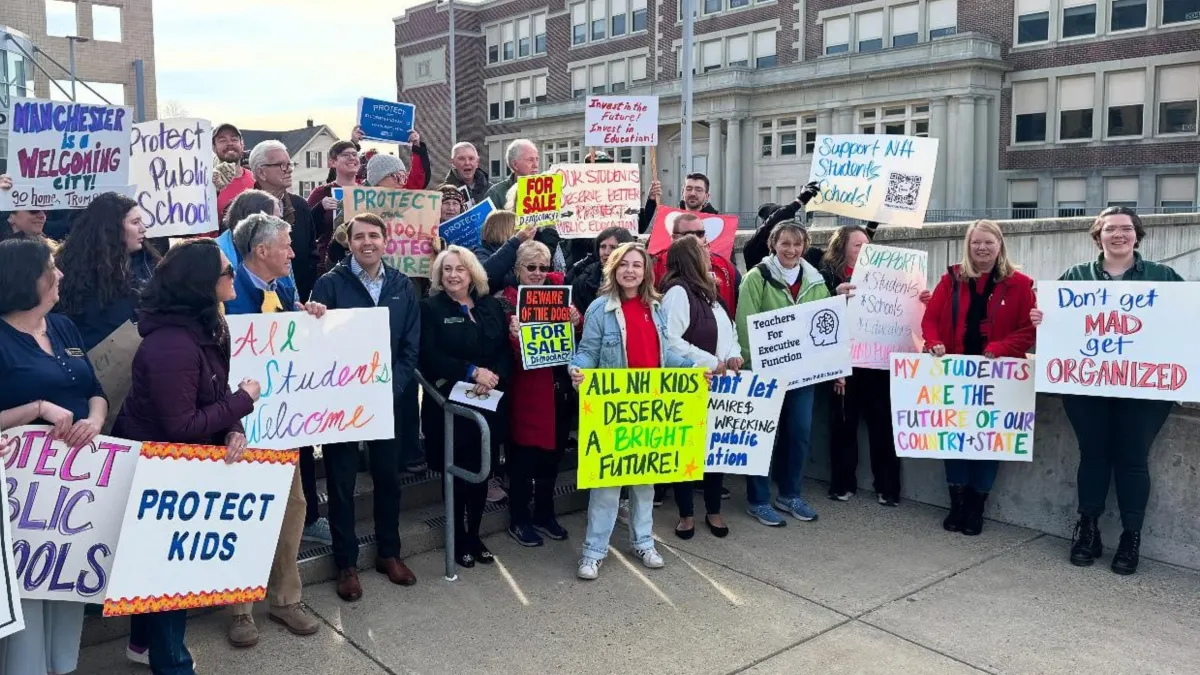
A Great Public School for Every Student
We are New Hampshire's largest educator union; together our voice is stronger as we advocate for our students, our schools, our communities, and our profession.
Get the Latest on
January 8 NEA-NH Legislative Session Kick Off Webinar
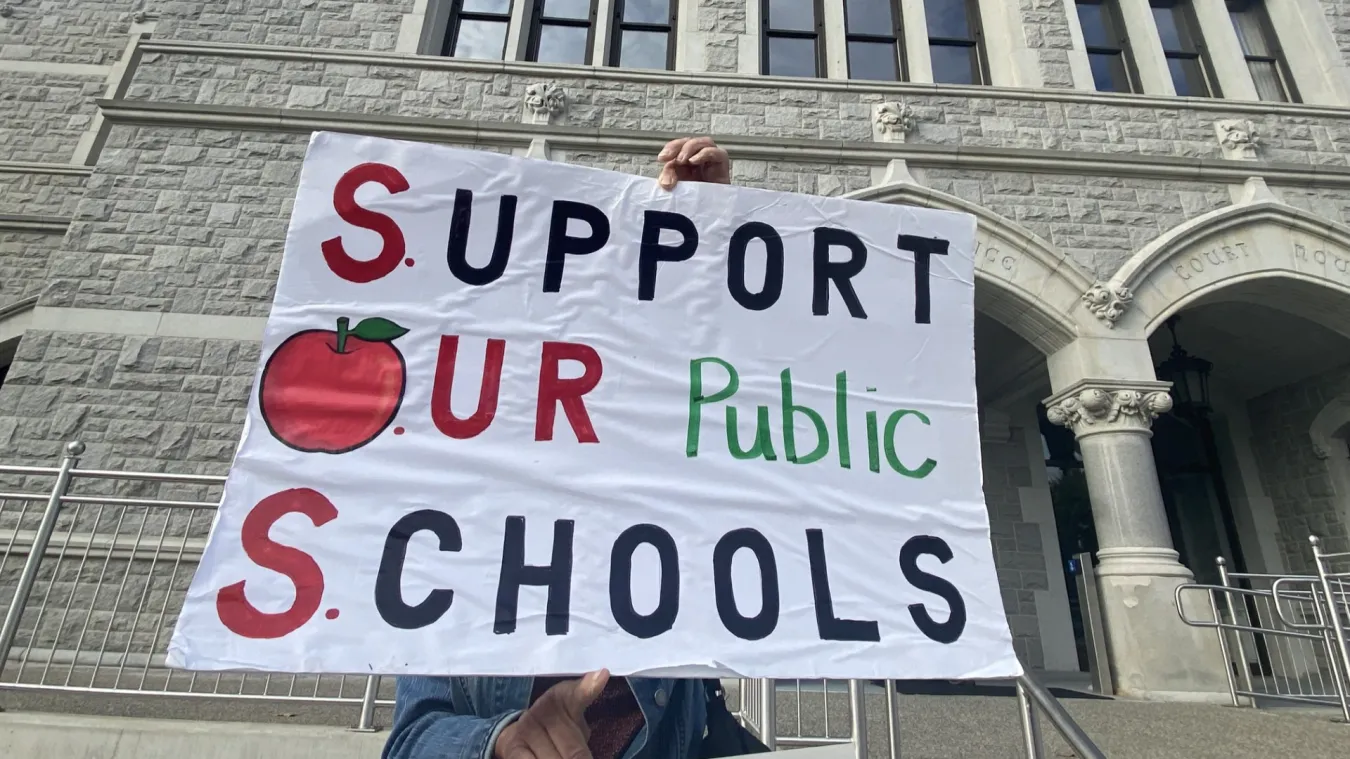
January 8 NEA-NH Legislative Session Kick Off Webinar
Wondering what bills NEA-New Hampshire is tracking at the State House in 2026 and how you can get involved in the fight to protect public schools? You won't want to miss our Legislative Kick Off Webinar on Thursday, January 8 at 6 p.m.
12/20/25: NEA-NH Legislative Update - Convening Day

12/20/25: NEA-NH Legislative Update - Convening Day
In this edition of the update, we are going to highlight some of the bills up for votes on Convening Day that cause the most concern and need member action. Additionally, we’ll provide an important update on upcoming hearings for Physical Education and Health Teacher certifications, and a special invitation for our 2026 Legislative Kick Off webinar.
Letter from the President: Holiday Gratitude

Letter from the President: Holiday Gratitude
NEA-NH President Megan Tuttle reflects on the support educators provide to New Hampshire's most vulnerable students throughout the year.
PRESS RELEASE: Bipartisan Vote Sustains Governor’s Book Ban Veto
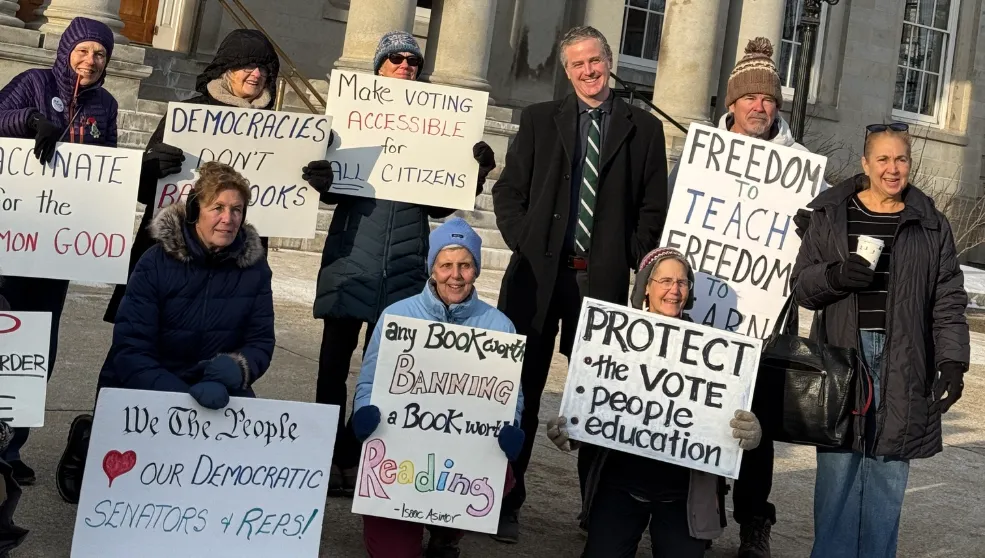
PRESS RELEASE: Bipartisan Vote Sustains Governor’s Book Ban Veto
On Veto Day, the NH House of Representatives Rejects HB 324
PRESS RELEASE: State Lawmakers Sustain Governor Veto of Seven Anti-Public Education Bills
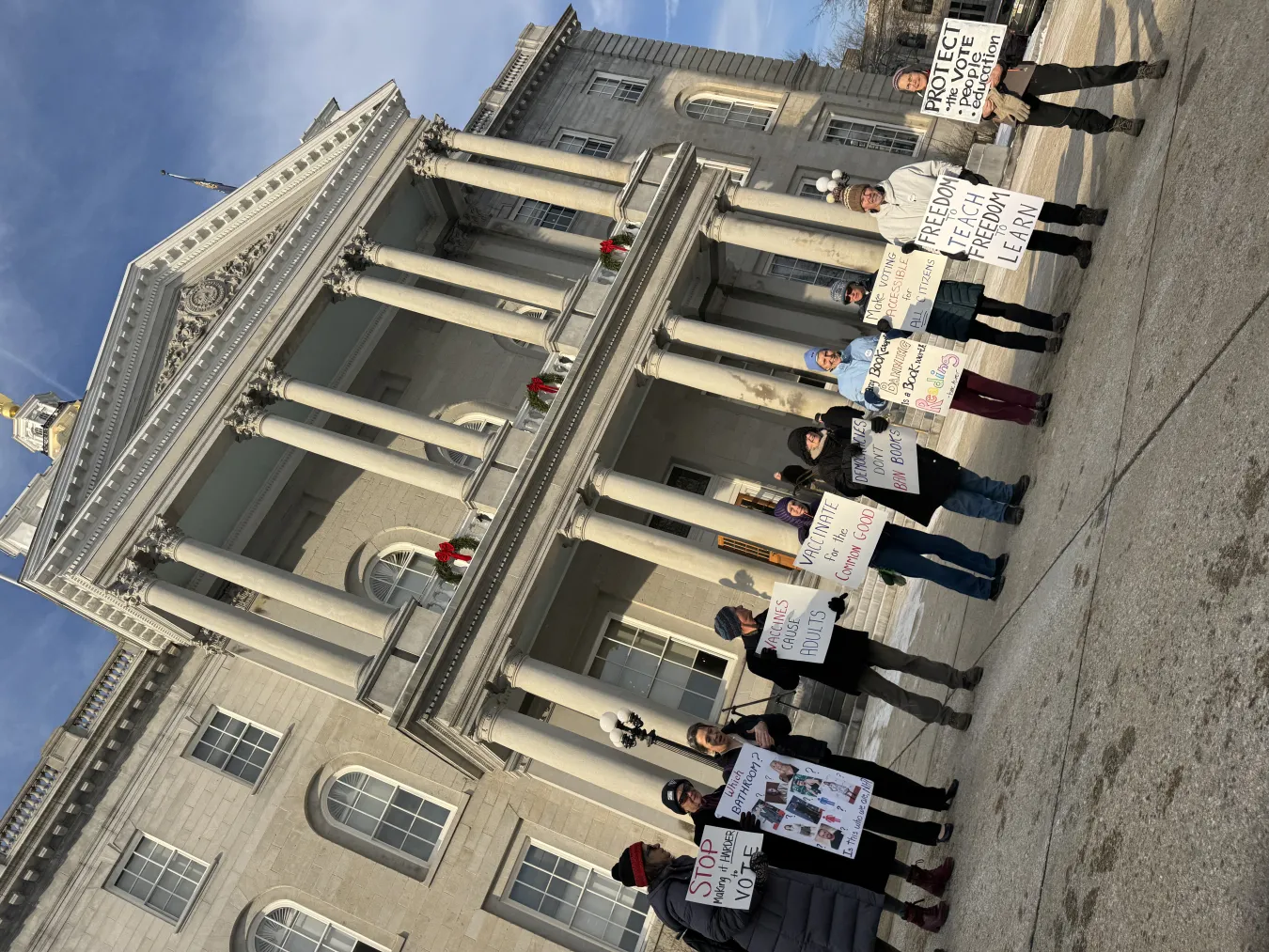
PRESS RELEASE: State Lawmakers Sustain Governor Veto of Seven Anti-Public Education Bills
On December 17, the New Hampshire House of Representatives cast bipartisan votes to sustain Governor Ayotte’s vetoes of seven bills related to public education, including a book ban bill.
New data shows New Hampshire 50th in the nation for state public education funding; some gains in educator pay, but profession is still undervalued and underpaid
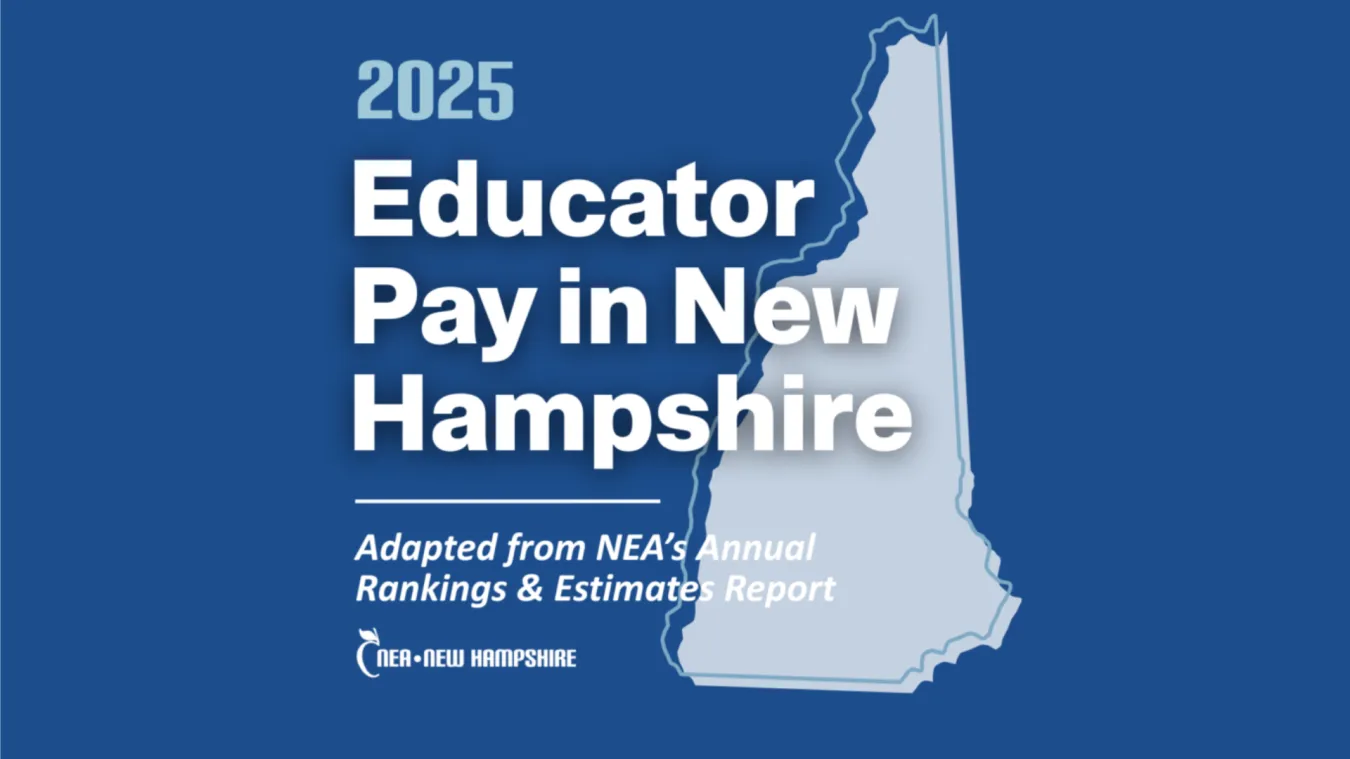
New data shows New Hampshire 50th in the nation for state public education funding; some gains in educator pay, but profession is still undervalued and underpaid
National Education Association releases four reports detailing the state of education funding and pay for educators in New Hampshire and around the country
Our best hope for student success IS YOU.
Your passion and commitment are crucial to helping all students—of all colors and backgrounds—learn, grow, and fulfill their potential. Here’s how you can get started.


Achieve professional excellence
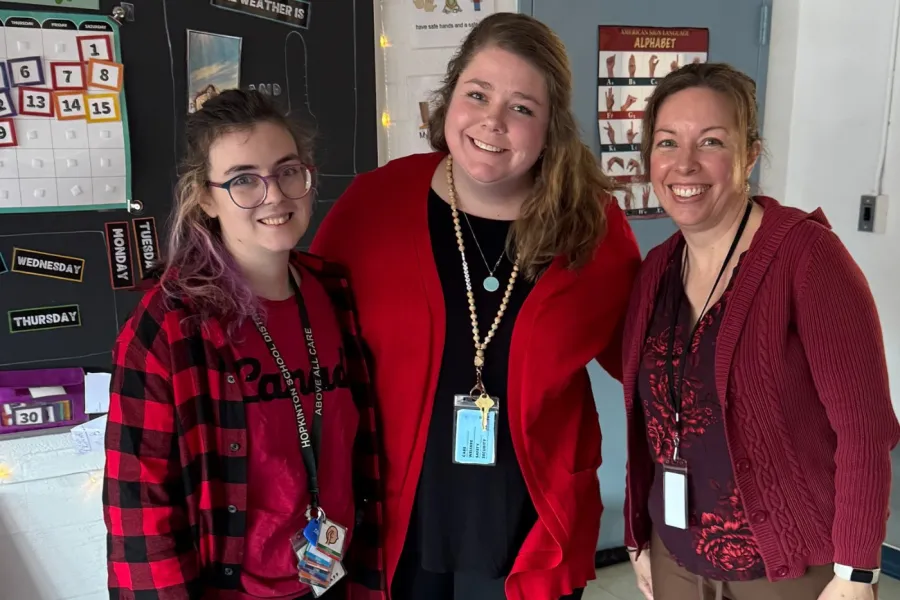
Advocate for Your Rights & Working Conditions
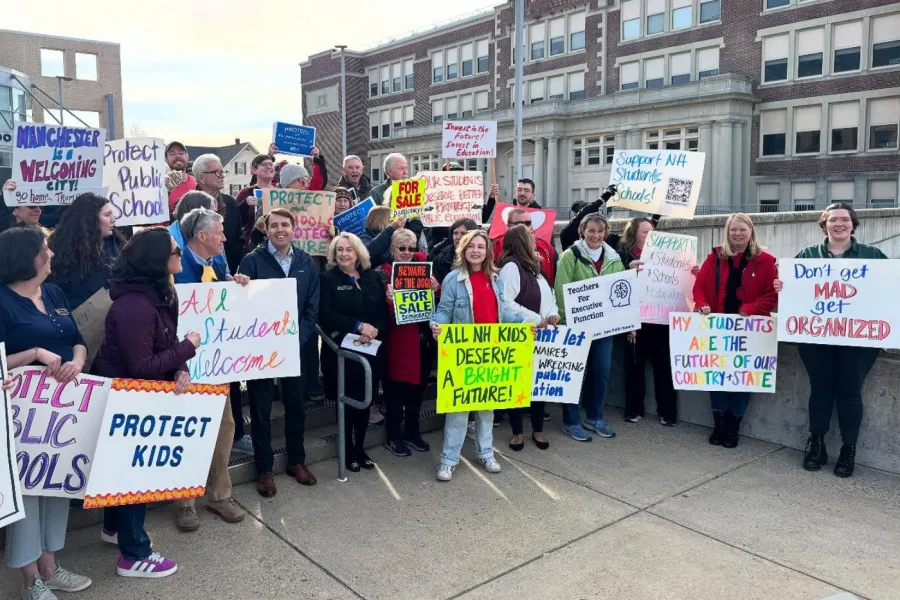
Advance justice with us
Your Union. Your Voice.
We are THE voice for educators in New Hampshire. Learn more and get involved with your union!
Let’s BRING REAL CHANGE
Let’s GET REAL
1 in 5 children lack consistent access to meals at home.
Let’s BRING REAL CHANGE

The Community Eligibility Provision of the Healthy, Hunger-Free Kids Act eliminates student hunger at school. Some politicians want to end it, but we can build a future where every child is fed, focused, and free to learn.
Learn what's at stake for students & communities
38 million children receive health care coverage through Medicaid and the Children’s Health Insurance Program
Let’s BRING REAL CHANGE

Congress is considering cuts to Medicaid that threaten the healthcare that tens of millions of families rely on to cut taxes for the wealthy, but educators are speaking out about the importance of Medicaid funding to our families, schools, and communities.
Learn more about how educators are speaking out
What’s on Your Mind?
We’re here to help. Our union has the tools we need (guides, reports, trainings, and more) to help answer everyday questions. Together, we can support each other in whatever we need.
- Collective Bargaining
- College Affordability
- Diversity & Inclusion
- Education Funding
- Gun Violence
- High Poverty Schools
- Immigration
- Legislation
- Mental Health
- Multi-Lingual Learners
- Politics & Campaigns
- Privatization
- Racial & Social Justice
- School Climate
- Special Education
- Trauma
- Voting Rights
- Workplace Conditions

"Students with disabilities weren't educated in most cases."
In 1975, Congress passed what is now known as the Individuals with Disabilities Education Act (IDEA), requiring schools to provide equal access to education for all students with disabilities. The landmark law ushered in an era of inclusion and equity. The current assault on public schools could unravel that progress, leaving students without the support they need.
A society made stronger through world class public education
NEA-NH believes every student, regardless of family income or place of residence, deserves a quality education. In pursuing our mission, we will focus the energy and resources of our 17,000 members on improving the quality of teaching, increasing student achievement and making schools safer, better places to learn.
